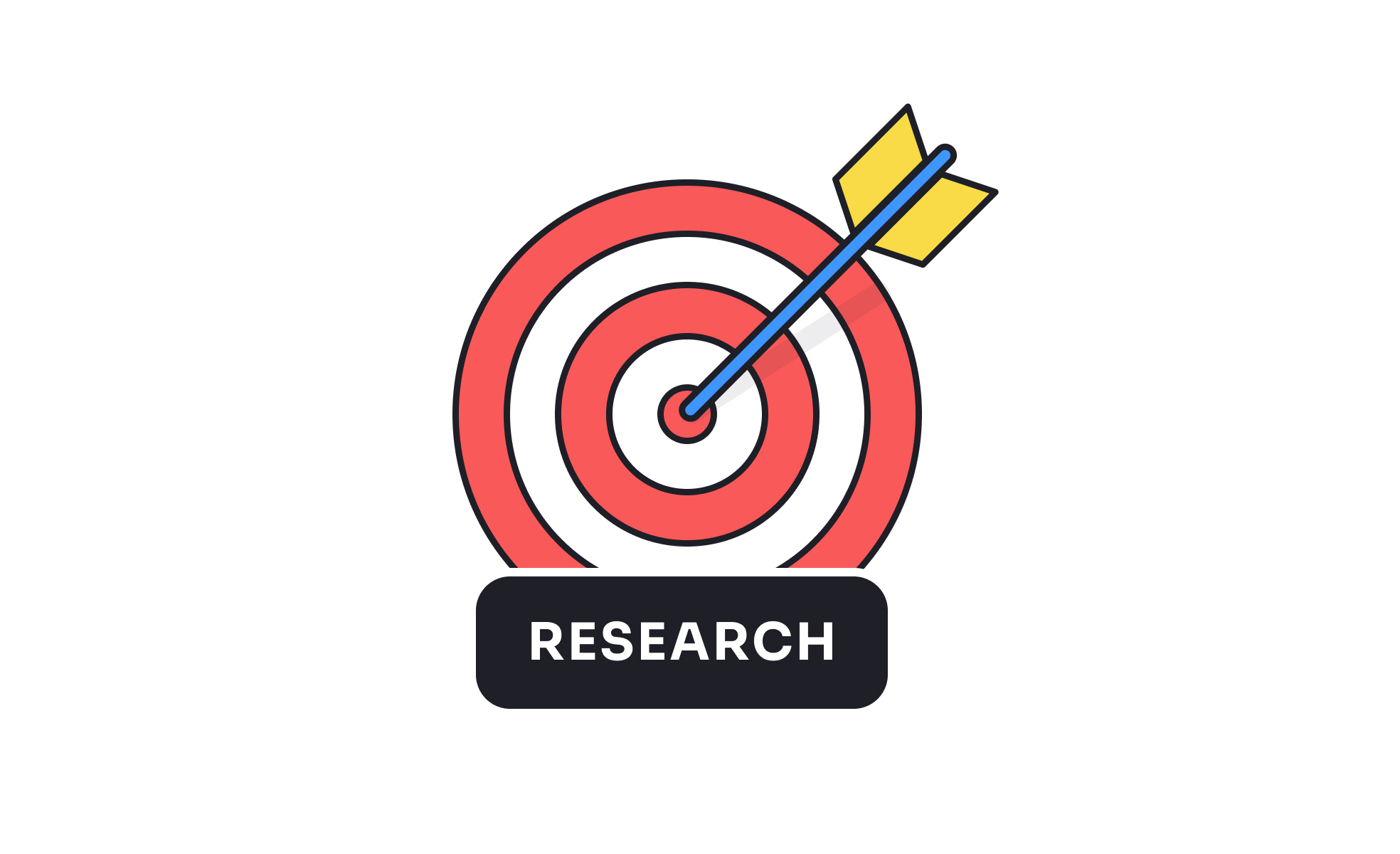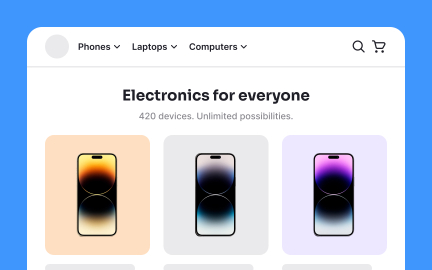Research
Research in product and design is the systematic process of gathering, analyzing, and interpreting information to guide decisions and reduce uncertainty.

TL;DR
- Systematic collection of data and insights.
- Guides product, design, and strategy decisions.
- Includes qualitative and quantitative methods.
- Reduces uncertainty and validates assumptions.
Definition
Research is the structured process of collecting and analyzing information about users, markets, or systems to inform product and design decisions, validate assumptions, and uncover opportunities for improvement.
Detailed Overview
Research forms the foundation of evidence-based product development. Instead of relying solely on assumptions or intuition, teams conduct structured studies to uncover insights that guide design, strategy, and prioritization. Research reduces uncertainty and ensures that resources are directed toward solutions with proven value.
A frequent question is why research is necessary when teams already have data. The answer lies in depth and context. Data may show what users are doing, but research reveals why they are doing it. For example, analytics might highlight a high drop-off rate on a signup form, but only research through interviews or usability testing uncovers whether users are confused by instructions, distrust the request, or find the process too long.
Another common query relates to methods. Research is broadly divided into qualitative and quantitative approaches. Qualitative methods, like interviews and ethnographic studies, uncover motivations, perceptions, and pain points. Quantitative methods, such as surveys and analytics, validate findings at scale and reveal patterns in behavior. The two approaches complement each other, with qualitative providing depth and quantitative offering breadth.
Teams often ask about when research should take place. The answer is throughout the product lifecycle. Early-stage research uncovers unmet needs and validates concepts. Mid-stage research tests usability and informs feature prioritization. Later, evaluative research measures performance, satisfaction, and long-term engagement. Continuous research keeps products relevant and competitive as markets evolve.
Research also plays a critical role in risk management. By validating assumptions before investing heavily in development, research helps teams avoid costly missteps. For instance, testing an idea with a prototype before building a full feature can reveal whether it solves a real problem or if adjustments are needed.
Learn more about this in the Research Exercise, taken from the Service Design Process Lesson, a part of the Service Design Course.
The purpose of research is to reduce uncertainty by grounding decisions in evidence rather than assumptions. It helps teams identify real user needs, validate ideas, and prioritize solutions.
This ensures that resources are spent building products that provide meaningful value and achieve business goals
Qualitative research explores motivations, emotions, and perceptions, offering depth and nuance. Quantitative research measures patterns at scale, providing statistical confidence.
For example, interviews may uncover why users churn, while analytics show how many are affected.
Using both together ensures findings are both deep and representative.
Research should be continuous. Early stages use exploratory methods to define opportunities. Mid-stage research validates usability and informs prioritization. Later stages focus on measuring satisfaction and performance.
By embedding research throughout, teams remain responsive to evolving user needs.
When designers, developers, and product managers observe research directly, they share a unified understanding of user needs. This reduces disagreements, accelerates alignment, and ensures all disciplines are working toward the same goals.
Research acts as a neutral source of truth, grounding discussions in evidence rather than opinions.
By validating assumptions early, research prevents teams from investing heavily in solutions that do not solve real problems. Prototyping, testing, and user feedback reveal flaws or opportunities before launch.
This proactive approach saves time, money, and reputation by ensuring only viable solutions reach the market.
Recommended resources
Courses

UX Research

Service Design

Product Management for Designers
Lessons

Usability Heuristics

AI Limitations in User Research

Conducting Debrief Sessions
Exercises
Projects

UX/UI Case Study for Inclusive Landing Page for Parliament of Georgia

Empathy map for Degroof Petercam














